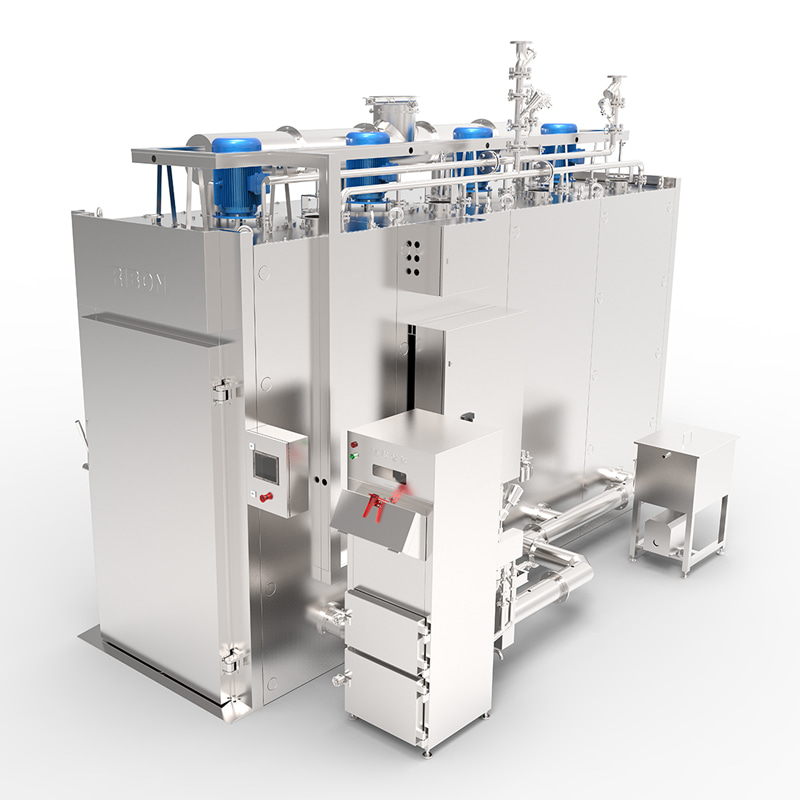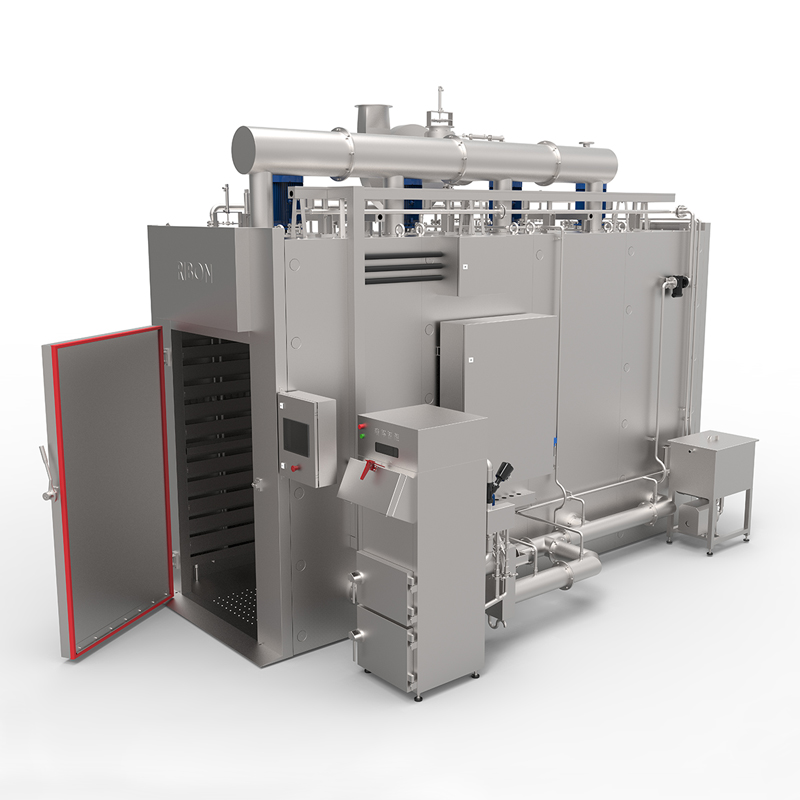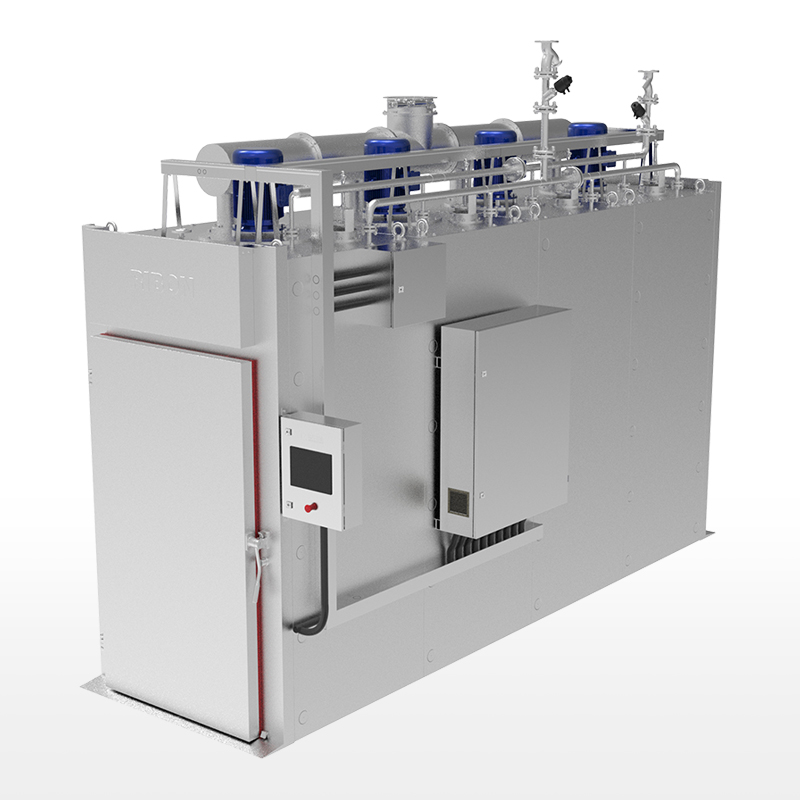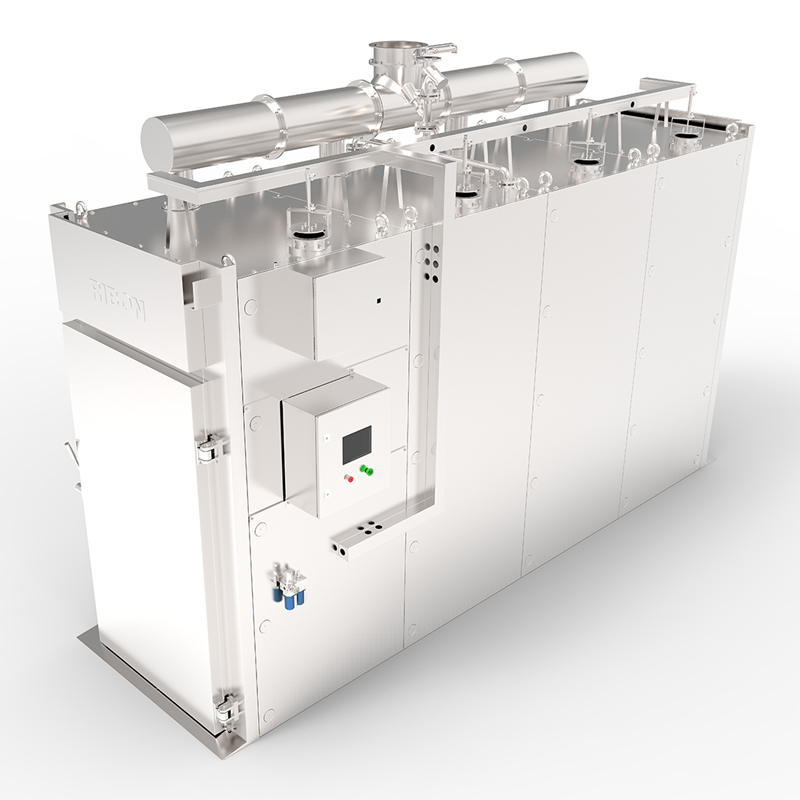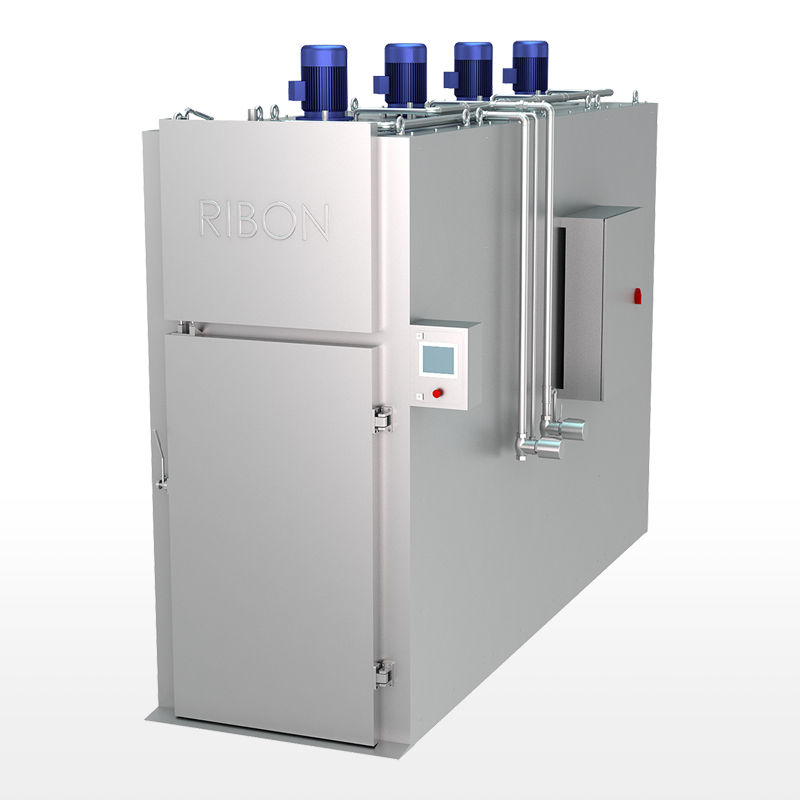Vacuum tumbling is an advanced technique widely used in the meat processing industry to improve the quality, flavor, texture, and yield of meat products. By combining mechanical tumbling with vacuum pressure, this method offers several advantages that make it a preferred choice for producers aiming for high-quality, consistent results. Below are the main benefits explained in detail:
1. Enhanced Marinade Penetration and Flavor Infusion
Vacuum tumbling creates a low-pressure environment inside the drum, which removes air pockets within the meat fibers. This vacuum effect allows marinades, brines, or seasoning solutions to be drawn deeply and evenly into the meat. Unlike traditional marinating methods that often only affect the surface, vacuum tumbling ensures that flavors penetrate thoroughly, resulting in a richer, more balanced taste throughout the entire piece. This deeper penetration also allows processors to reduce the amount of marinade used without compromising flavor.
2. Improved Meat Tenderness
The tumbling action involves gentle mechanical agitation that physically massages the meat. This process breaks down muscle fibers and connective tissues, which tenderizes tougher cuts of meat. As a result, the final product is softer, more palatable, and offers a better mouthfeel. This is especially valuable for lower-grade or tougher cuts that otherwise require long aging or more expensive tenderization techniques.
3. Increased Yield and Moisture Retention
Vacuum tumbling enables the meat to absorb and retain a higher volume of marinade or brine solutions. This not only improves flavor but also increases the overall weight of the product — a key economic advantage for meat processors. Additionally, by retaining more moisture, the meat stays juicier during cooking and consumption, enhancing the eating experience and reducing weight loss through shrinkage.
4. Reduced Processing Time
Traditional marination and tenderization can take hours or even days to achieve desired results. Vacuum tumbling accelerates this process significantly. The combination of vacuum pressure and mechanical tumbling forces the marinade into the meat quickly and efficiently, reducing marination times from several hours to sometimes less than one hour. This leads to faster production cycles and higher throughput in meat processing plants.
5. Uniform Quality and Consistency
Vacuum tumblers ensure consistent treatment of every piece of meat in the batch. The continuous tumbling action distributes marinades and tenderizing effects evenly, so each piece achieves similar flavor, tenderness, and moisture levels. This uniformity is crucial for meeting quality standards, satisfying consumer expectations, and maintaining brand reputation, especially for large-scale production.
6. Improved Shelf Life and Appearance
By facilitating better absorption of curing agents and preservatives, vacuum tumbling can extend the shelf life of meat products. The vacuum environment also reduces oxidation — a common cause of discoloration and spoilage. As a result, vacuum-tumbled meat tends to have a brighter, fresher appearance, which is more attractive to consumers and can help reduce waste in retail environments.
7. Versatility Across Meat Types and Cuts
Vacuum tumblers are suitable for a wide range of meats including beef, pork, poultry, and fish. They can process whole muscle cuts, diced pieces, or ground meat mixtures. This versatility makes vacuum tumblers valuable tools in different meat processing applications, from fresh marinated products to cured or ready-to-cook items.
8. Energy Efficiency and Automation
Modern vacuum tumblers often come equipped with automated controls for vacuum pressure, tumbling speed, and time, which optimize the process and reduce labor requirements. These machines tend to be energy efficient compared to some traditional tenderization methods, contributing to cost savings and sustainable production.
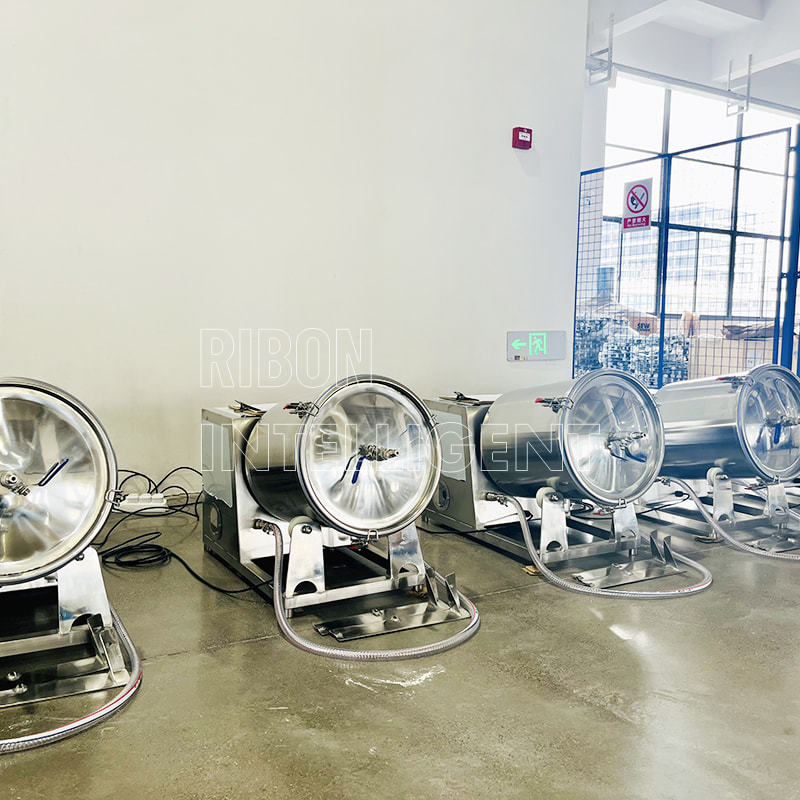





 English
English русский
русский Español
Español عربى
عربى
